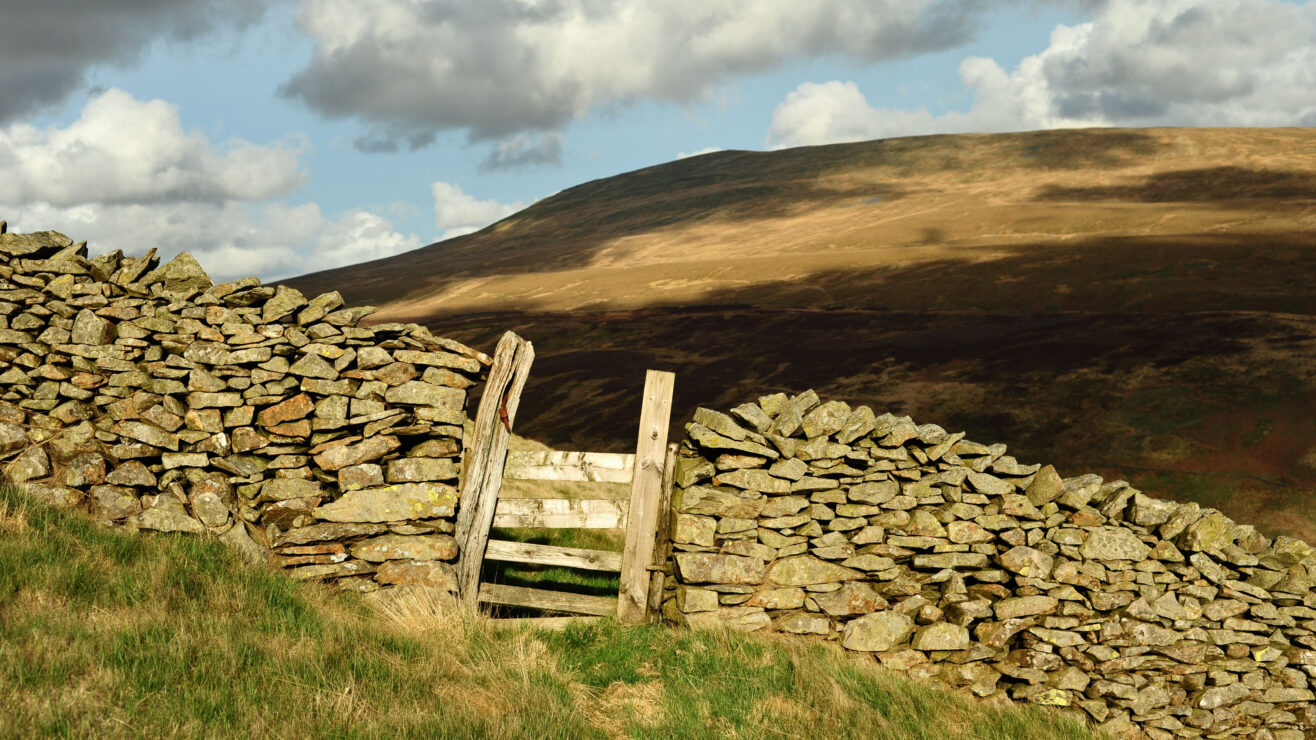The People and Planet “Green League”
Another fun league table here but really makes all of the others look like models of objectivity and statistical rigour. From THE
1 Gloucestershire (last year 5th)
2 Plymouth (2)
3 UWE (8th)
4 Anglia Ruskin (8th)
5 Loughborough (38th)
5 Cambridge (8th)
5 Central Lancashire (50)
8 Leeds Metropolitan (1)
8 Hertfordshire (3)
8 Huddersfield (71)
11 Queen’s (5)
12 St Andrews (8th)
13 Glamorgan 4)
14 Derby (22)
14 Leeds (8th)
16 Oxford Brookes (5)
17 Swansea Metropolitan (27)
17 Liverpool (55)
19 Nottingham Trent (16)
19 Glasgow (56)
University of Nottingham sadly dropped down to 56= a drop of 34 places. Not the biggest fall though – Northumbria dropped 95 places on last year’s postion to 111th.
What wins green points then? The criteria are set out below:
For the Green League, universities were ranked by performance in each of the following categories:
– A publicly available environmental policy. Universities were allocated points out of ten for having a policy, whether it had been revised in the past two years and the targets it set, for example on waste management and emissions.
– Full-time environmental staff. Up to 12 points were allocated for the number of full- and part-time staff with responsibility for environmental management.
– Environmental auditing. Institutions were awarded up to ten points for how well they had analysed their impact on the environment.
– Fairtrade status. Universities accredited by the Fairtrade Foundation were awarded three points.
– Ethical investment policy. Up to three points were available for institutions holding an ethical investment policy, and how rigorously that policy was applied.
– Energy sources. Depending on how much energy the university acquired from renewable resources, four points could be picked up here.
– Percentage of waste recycled. Up to four points were available, according to the proportion of total waste recycled.
– Carbon emissions per head. Four points could be won for low emissions.
– Improvement in performance indicators. Points were awarded for improvement against performance criteria in both this and last year’s Green League. The most improved picked up six points.
– Water consumption per head. A performance criterion introduced into the league this year. The institutions using the least water received four points.
All of these are extraordinarily opaque and the weightings are bizarre (why is it two and a half times more important to have and environmental officer than purchasing energy from renewable sources?). Whilst the greenness of universities is a legitimate area of interest, the nature of this league table (and the huge volatility of the rankings), really doesn’t advance matters.












I still really can’t make up my mind as to whether the ranking of UK universities by how green they are is actually relevant or worthwhile!